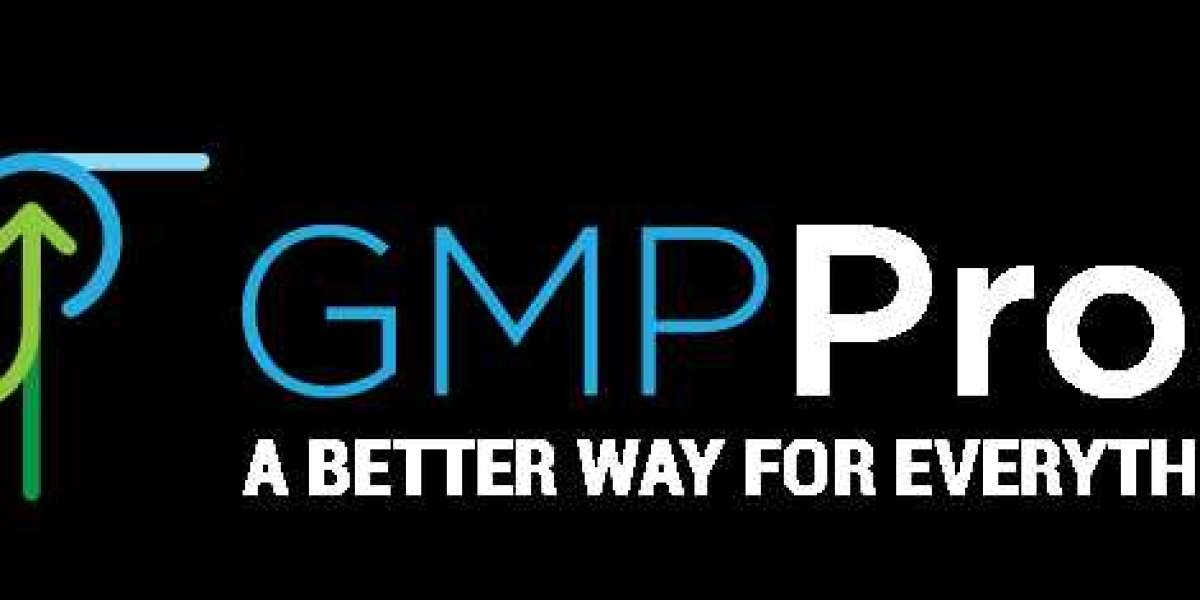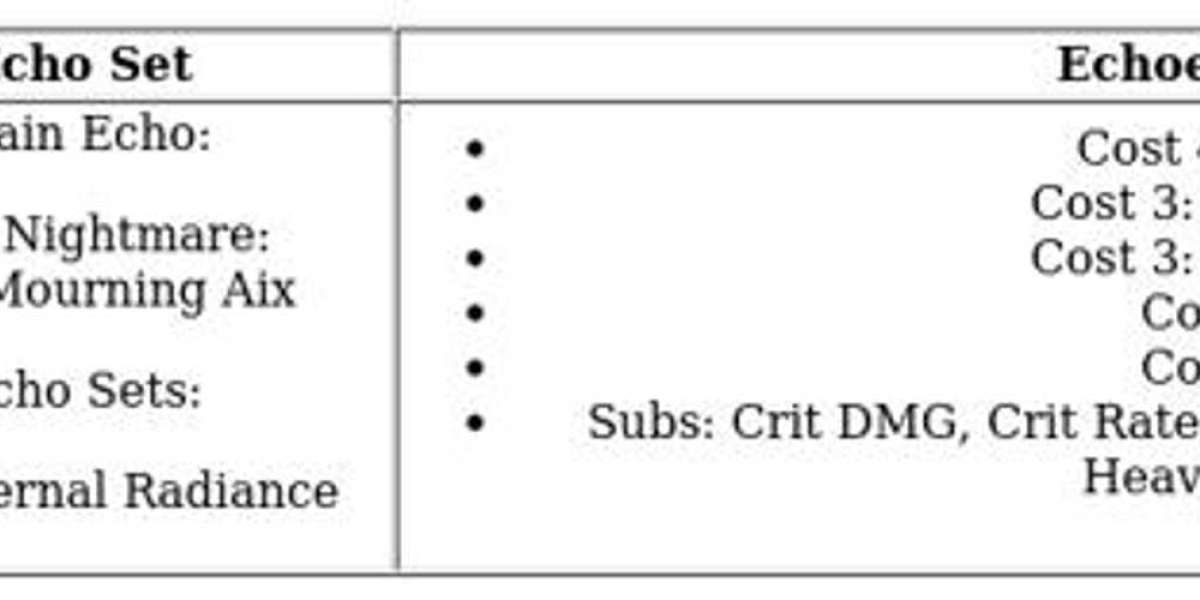In the pharmaceutical industry, there’s no room for guesswork. Every tablet, capsule, or vial must meet strict safety and quality standards before it ever reaches a patient. At the heart of this quality system is the batch manufacturing record in pharmaceutical industry— the detailed, step-by-step documentation of how each batch of medicine is produced. Done right, it not only meets regulatory requirements but also builds trust and safeguards patients.
What is a Batch Manufacturing Record?
A Batch Manufacturing Record is a comprehensive document that captures the complete history of a specific batch of product, from the raw materials received to the final packaging. Think of it as both a recipe and a diary — a recipe because it lists ingredients, quantities, and processes, and a diary because it records exactly what happened at every stage.
In regulated environments, this document isn’t optional. It’s a legal requirement under Good Manufacturing Practices (GMP). Regulators such as the FDA in the United States and the EMA in Europe use BMRs to verify that medicines were made consistently and according to approved procedures.
Why They Matter
The importance of a BMR becomes clear when something goes wrong. Imagine a company discovering that a batch of injectable drugs had inconsistent potency. Without accurate batch records, finding the source of the problem would be like solving a puzzle with missing pieces. With complete documentation, investigators can quickly trace the issue — perhaps a deviation in mixing speed or a supplier’s material variation — and take corrective action.
Real-world example:
In 2012, a U.S.-based manufacturer voluntarily recalled a batch of antibiotics after routine testing found contamination. Because their BMRs were detailed, they could pinpoint the exact batch, inform distributors quickly, and prevent broader harm. The loss was contained, and regulators viewed their quick response as a sign of a strong quality culture.
Key Elements of a Batch Manufacturing Record
While formats can vary, a complete BMR usually contains:
| Section | Description |
|---|---|
| Product details | Name, strength, dosage form, and batch number |
| Bill of materials | List of raw materials, their lot numbers, and quantities |
| Equipment used | Identification numbers and calibration status |
| Processing instructions | Step-by-step manufacturing process |
| In-process checks | Quality checks performed during manufacturing |
| Deviation records | Any variations from standard procedure and corrective actions |
| Packaging details | Packaging materials, batch coding, and labeling steps |
| Signatures | Operator and supervisor verification at each stage |
A well-structured table like this not only helps during production but also speeds up audits.
Compliance and Good Manufacturing Practices
In the pharmaceutical world, if it isn’t documented, it didn’t happen. Regulators expect BMRs to be:
Complete – No missing steps or gaps in data.
Accurate – Information must reflect what was done, not what should have been done.
Timely – Records should be filled out as work is performed, not later from memory.
Companies often turn to specialists like GMP Pros for guidance on creating compliant and efficient BMR systems. GMP Pros helps pharmaceutical teams streamline their documentation processes without compromising regulatory standards, which reduces the risk of costly delays or recalls. Their expertise lies in translating GMP requirements into clear, practical procedures that teams can follow on the production floor.
You can learn more about their services at GMP Pros.
Challenges in Maintaining Batch Records
Even in well-run facilities, BMRs can become a bottleneck. Common issues include:
Human error – Handwritten records are prone to mistakes or illegible entries.
Document overload – Large, complex products can generate hundreds of pages per batch.
Change management – When a process changes, ensuring all templates are updated is critical.
Tip from experience: During a plant audit in 2019, an inspector flagged a discrepancy where the recorded temperature didn’t match the instrument’s electronic log. The problem wasn’t a faulty process — it was a transcription error. The fix was simple: implementing real-time data entry directly from instruments, reducing human error.
Moving Towards Electronic Batch Records
Many companies are now moving from paper-based BMRs to Electronic Batch Records (EBRs). EBR systems:
Automatically capture equipment data
Prevent skipping of steps
Enable faster search during audits
However, this shift isn’t just about software. Teams must be trained to maintain the same discipline with digital records as with paper. Without a culture of compliance, even the best system can fail.
For a deeper dive into regulatory expectations, see the FDA’s guide on Batch Production and Control Records.
Best Practices for Strong BMR Systems
Start with clear templates – Pre-approved forms reduce the chance of missing critical information.
Train regularly – Staff must understand why each record matters, not just how to fill it in.
Review in real time – Supervisors should check entries during production, not after the batch is complete.
Control access – Whether paper or electronic, only authorized personnel should make entries or changes.
Audit internally – Regular checks help spot gaps before regulators do.
Practical insight: One mid-sized manufacturer improved compliance rates by assigning “record champions” on each shift. Their job was to help operators with documentation questions on the spot, preventing errors before they happened.
Conclusion
A Batch Manufacturing Record isn’t just paperwork — it’s the backbone of pharmaceutical quality assurance. Done well, it ensures that every batch meets the highest safety standards, satisfies regulators, and ultimately protects patients.
Companies like GMP Pros play a vital role in making sure these records are more than a regulatory checkbox. By blending compliance know-how with practical process improvements, they help manufacturers maintain the trust of patients and regulators alike.
In the end, a complete and accurate BMR is proof that a company not only makes medicine — it makes it right.














